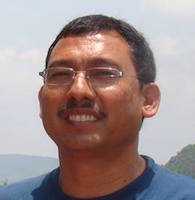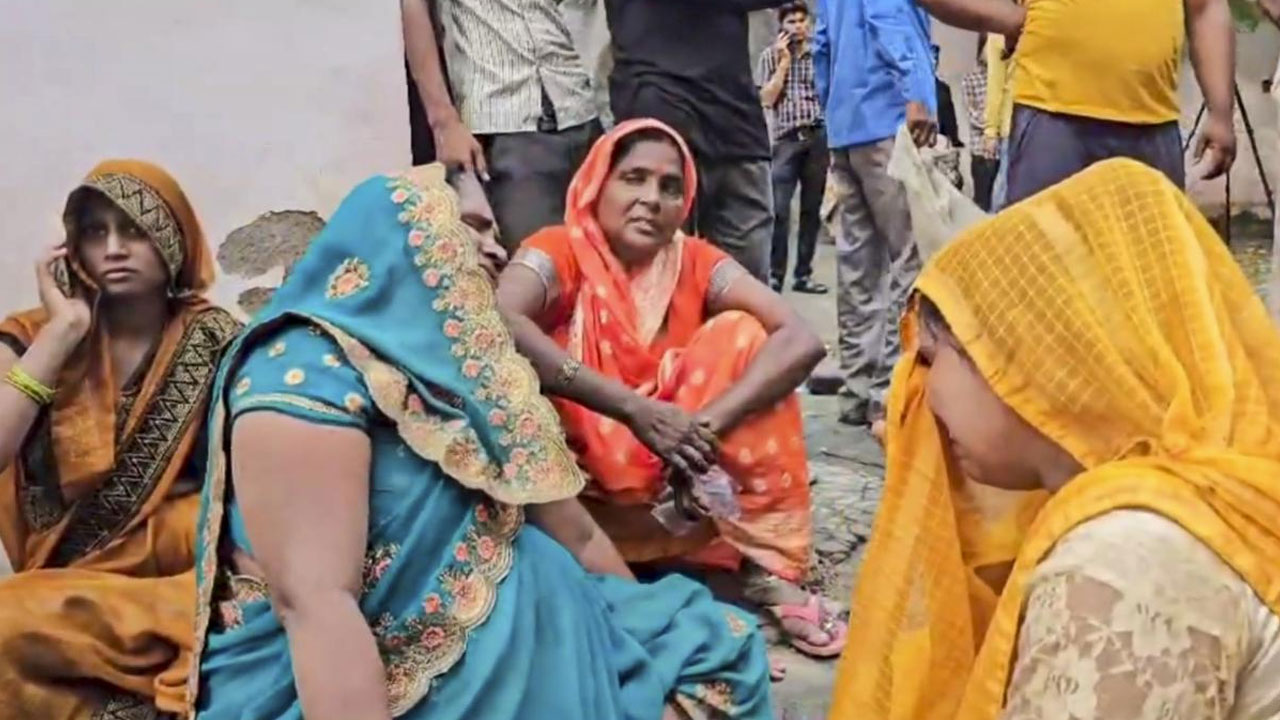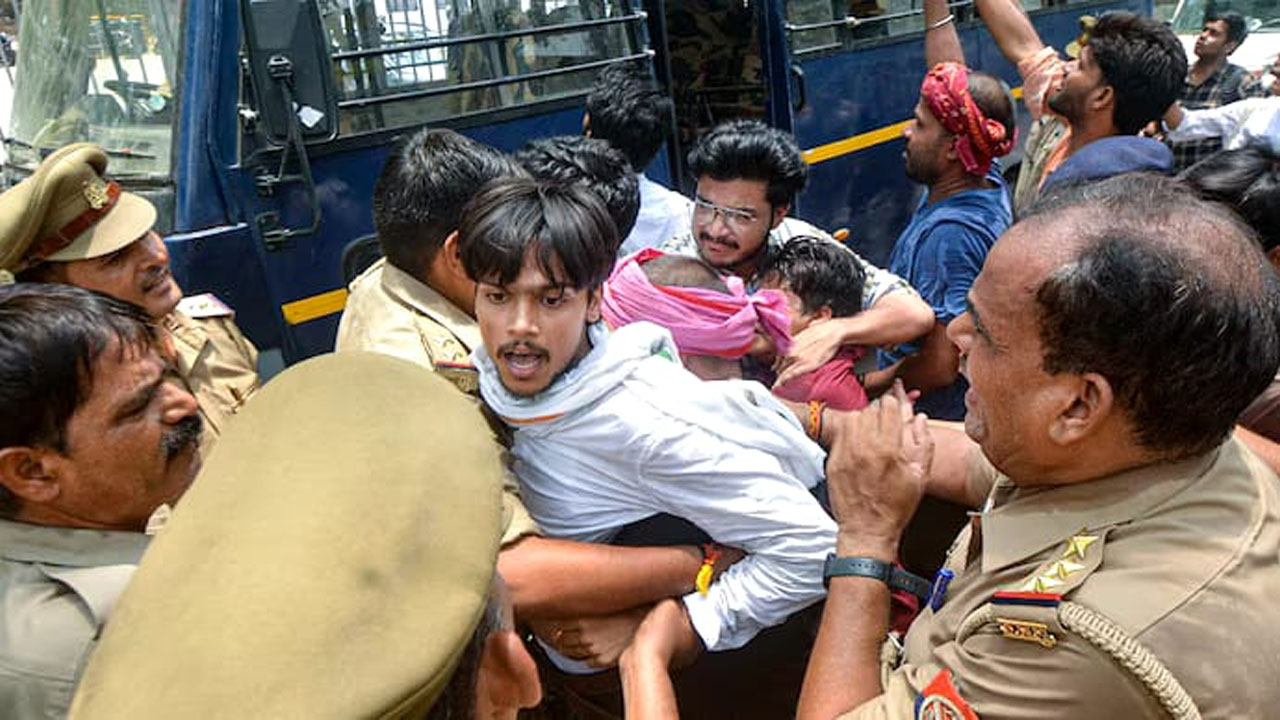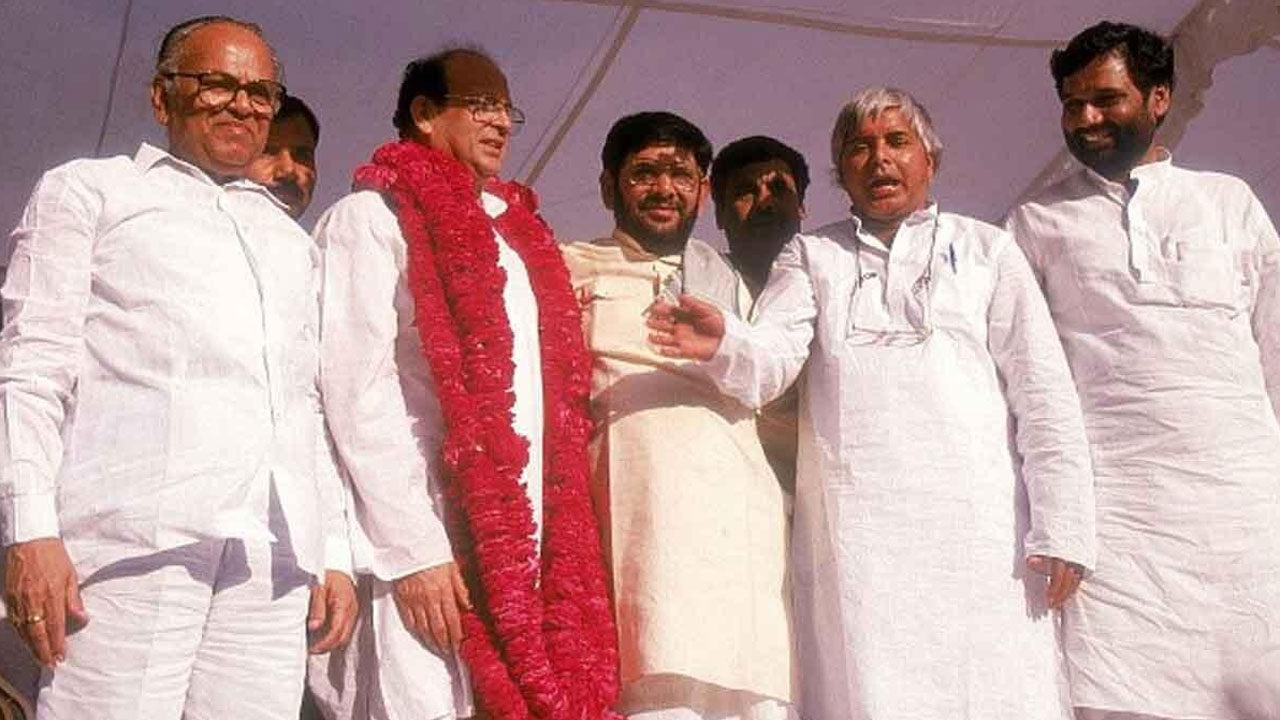Two recent incidents have rekindled a debate that has been taking centre stage time and again. This debate is focused on the media. It is common knowledge that the media plays a key role in shaping popular narratives. We can even say that one who controls the media also controls the popular narratives.
Another obvious implication of this premise is that factual reporting of events by the media cannot pave your way to power. The media should say what suits your narrative. Ravish Kumar, one of the star anchors of New Delhi Television Network (NDTV), has quit his job following the Adani Group capturing the TV company. This has triggered dooms-day predictions on social media. It is as if the media has ceased to exist in India.
On the other hand, Ravish Kumar continues to be hailed as a hero. He has launched his own YouTube channel, which has garnered 30 lakh subscribers in no time. Earlier, supporters of the Rashtriya Swayamsevak Sangh (RSS) had mockingly expressed sympathy for him, saying that he had become unemployed. At the other extreme, some liberals were so perturbed by Ravish losing his job that they even proposed crowdfunding for him.
We Indians have a rare penchant for wasting time on senseless arguments. But those who understand the nitty-gritty of the media know well that an institution like NDTV cannot survive without big capital. It should also be remembered when electronic journalism began, the governments had started giving short shrift to social issues, and words like “globalization” and “liberalization” had wriggled into the popular lexicon. However, words like “investment” were not as well known.
Colour TV sets entered Indian drawing rooms during the 1982 Asian Games. Doordarshan, which kept on beaming footage of people raising slogans like “Khoon ka badla khoon se lengein” (Blood for blood), played no small role in the anti-Sikh riots that followed the assassination of Indira Gandhi on 31 October 1984. Anti-Sikh frenzy was whipped up by the Doordarshan incessantly beaming scenes of the last rites of Indira Gandhi and of events organized to pay tributes to her. Congress reaped the benefit of this frenzy in the general elections that followed. It won a stupendous majority in the Lok Sabha.
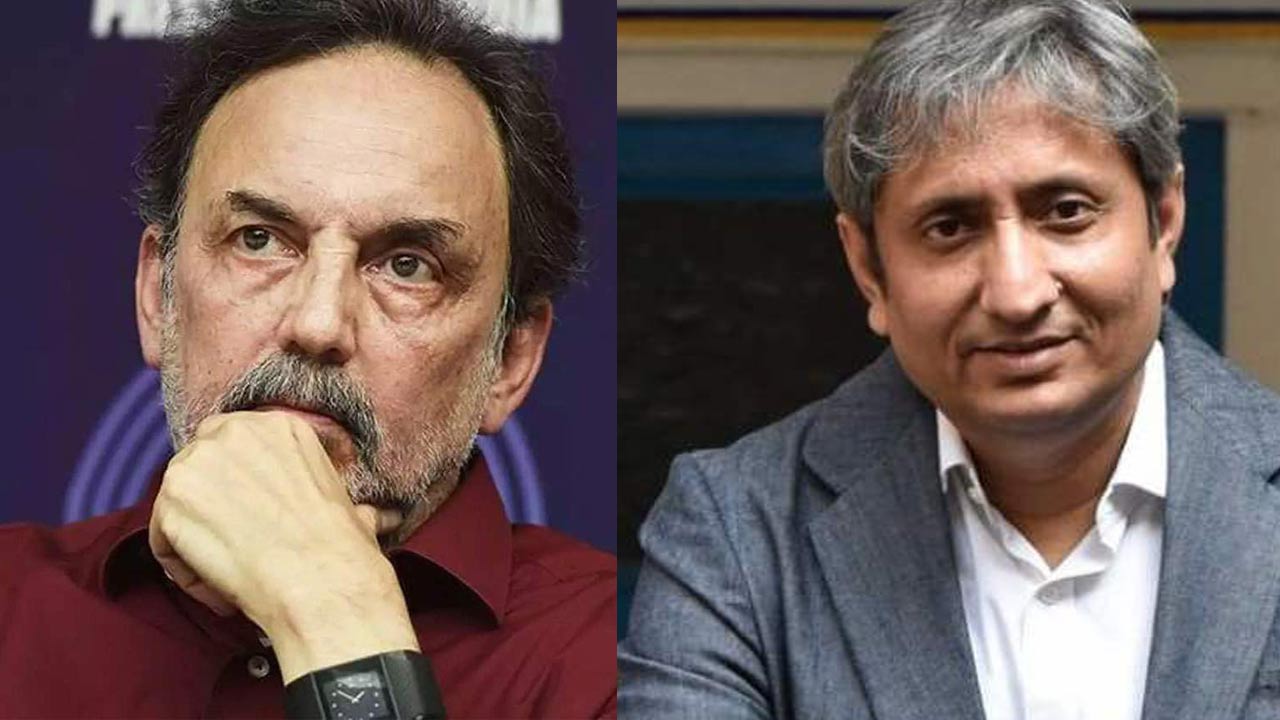
After 1985, the government loosened its control on Doordarshan, which launched several entertainment programmes, including serials like “Hum Log”, “Buniyad” and “Ye Jo Hai Zindagi”, swelling the ranks of TV audience in the country. Then came Ramanand Sagar-directed “Ramayan”, which achieved unprecedented popularity. “Ramayan” helped Doordarshan reach every home. The government saw a new window of opportunity and B.R. Chopra was given the responsibility of producing “Mahabharata”. That, too, scripted new viewership records.
Parallel to these “cultural” programmes, news programmes like “Janvani” were also launched. Prannoy Roy and Vinod Dua began live analyses of results of General Elections on Doordarshan, which became hugely popular. People loved seeing political leaders answering questions posed by journalists on screen. That was also the time when Rajiv Gandhi made some moves aimed at controlling the press.
It was around this time that Prannoy Roy founded NDTV, and Doordarshan started telecasting his shows “The News Tonight” and “World this Week”. Both were well received and marked the entry of the private sector in TV journalism. At the time, no one could imagine “privatization of news” ultimately turning news channels into a business.
In 1990, the union government led by prime minister Vishwanath Pratap Singh accepted the recommendations of the Mandal Commission and announced 27 per cent for OBCs. Overnight, V.P. Singh was turned into an unadulterated villain. The dominant forces had discovered the antidote to reservations. It was called privatization. The media was a weapon which could be used to falsify a truth and supply falsehood with a veneer of truth. Being a government arm, Doordarshan had certain limitations, so private actors were brought to the fore. Prannoy Roy was a product of these new policies. A teacher at Delhi School of Economics, he gradually veered towards the world of media.
Towards the end of the 1990s, NDTV was entrusted with producing a news programme for Doordarshan in English. The India Today group’s Aaj Tak produced the programme in Hindi. Gradually, by deftly cultivating and using contacts, NDTV emerged as the leader in electronic media. It maintained its secular character, even though its orientation was always elitist, and even union ministers were keen to appear in its programmes.
There was a time when a majority of NDTV’s editorial staff were related to one or the other top politician or senior bureaucrat. There was not much competition in the field of electronic media and NDTV enjoyed a near monopoly. With time, however, big players of the print media and business tycoons like Ambani, too, jumped on the electronic-media bandwagon.
The “acche din” of NDTV ended with Narendra Modi coming to power in 2014. It found itself in the firing line. But even before that, NDTV’s stand on basic economic issues was rather ambivalent and malleable. Ideologically, there was not much difference between the NDTV and the Modi government. Like other channels, NDTV, too, was an advocate of free market. The only difference was that while others screamed their support, NDTV did it softly and subtly.
If the Dalitbahujan of the country believe that NDTV raised their issues honestly or that some “hero” did it effectively, they are simply being naïve.
Whether it was Jotirao Phule or Ambedkar or Periyar – all of them launched their own newspapers and magazines as direct lines of communication with people. After India became independent, many Ambedkarites started their own publications as the so-called mainstream newspapers had little place for them and their views. Magazines like “Bhim Patrika” and “Dalit Voice” remained in print till the 1970s and 1980s. They were focused less on disseminating news and more on strengthening Ambedkarism. In the 1990s, Ambedkarite journals defended the reservations regime. With the advent of the 21st century came the Internet revolution, and people began writing blogs on social media. The most powerful Ambedkarite publication of the time was “Round Table India”. It assumed the status of an organ of Ambedkarism. “Dalit Voice” and “Bhim Patrika” helped people like myself develop an understanding of Ambedkarism. We had no connection with Manuvadi media. Dalitbahujan magazines were also not taking on the Manuvadis, but were only trying to implement an Ambedkarite agenda in their respective communities. In a way, this was also important.
Today, there are many scholars, university professors and journalists who claim to have played a key role in taking Ambedkarism to every nook and cranny of the country. But in reality, it was the struggle and the writings of the likes of Bhagwan Das, Lahori Ram Bali, V.T. Rajshekhar, Raja Dhale, J.V. Pawar, Vijay Surwade, K. Jamnadas and N.G. Uike that led to the spread of Ambedkarism.
The Bahujan Samaj Party (BSP) coming to power in Uttar Pradesh in the 1990s felt like society was on the verge of a transformation. Hindi newspapers of north India played many a game to abort the impending change. While most newspapers openly backed the Ram Mandir movement, others provided a platform to new writers in the name of Ambedkarism. Most of today’s well-known Ambedkarite writers began their careers with the “Hastakshep” column published by the Hindi daily Rashtriya Sahara. However, even at the time, there were some veteran Ambedkarites who refused to have anything to do with the brahmanical media.
Leaders like Kanshi Ram never did anything to endear themselves to the brahmanical capitalist media. Their focus was on their communities and on changes taking place within the communities.
The role of the bilingual magazine Forward Press in giving a fillip to change among the Dalits and the OBCs in north India and in giving opportunities to new writers cannot be understated. Ham Dalit, a magazine published by Indian Social Institute, also had an impressive presence among the deprived, especially in the Hindi belt. The publication is now called Hashiye Ki Awaaz.
After 2014, social media emerged as a powerful force in India. The Hindutavadis had realized its potential and grasped the way it worked much earlier than the others, and used it to teach a “new history” to the people. Blogging was now history and Facebook, Twitter, YouTube and Instagram had emerged as the new vehicles of communication. Today, many journalists have their own YouTube channels. There are thousands of YouTube channels, most of which are focused on a particular caste and religion.
Those who feel that democracy has come under threat because of Ravish Kumar quitting NDTV should be asked whether the channel has suddenly become a bad apple because Adani has bought it. Wouldn’t Ambani have imposed conditions, when, ten years ago, he had invested in the channel?
Another issue is the representation of Dalits, OBCs and Adivasis in Hindi TV channels. Had the NDTV given opportunities to Dalit, Adivasi and OBC youth, it would surely have been counted as an achievement.
Also, like the Manuvadi media, the alternative media is also using all sorts of tricks to expand its reach. News stories are being sensationalized. Rare are mediapersons who talk of changing society with a positive outlook. Most talk in terms of the binaries of Brahmins and non-Brahmins, Dalits and OBCs, and so on. They don’t address society at large. They address Brahmins and Savarnas. Merely posting newspaper articles on social media won’t do. Every incident or news has to be followed up.
(Translated from the original Hindi by Amrish Herdenia)
Forward Press also publishes books on Bahujan issues. Forward Press Books sheds light on the widespread problems as well as the finer aspects of Bahujan (Dalit, OBC, Adivasi, Nomadic, Pasmanda) society, culture, literature and politics. Contact us for a list of FP Books’ titles and to order. Mobile: +917827427311, Email: info@forwardmagazine.in)
